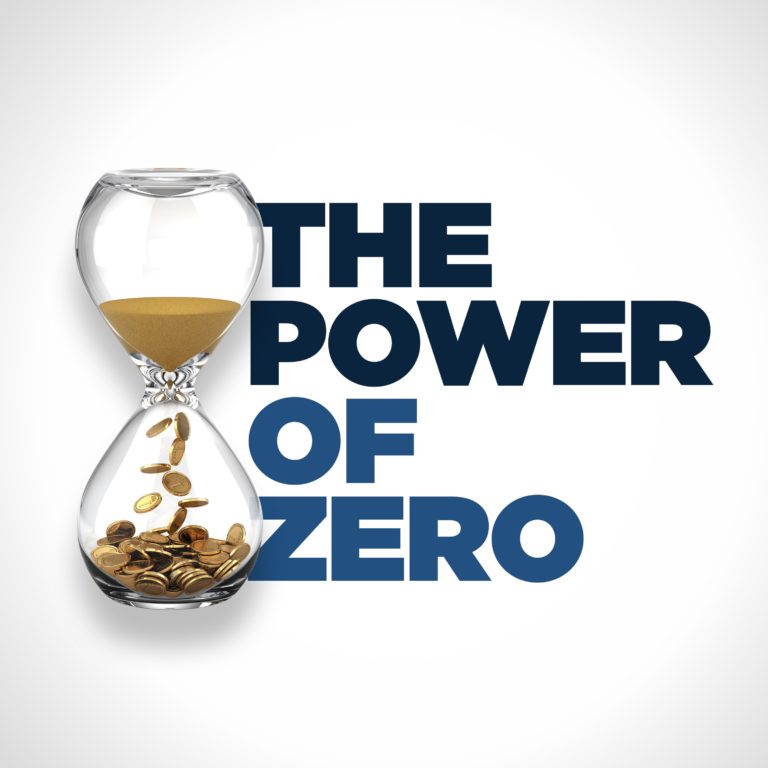One of David’s jobs as the host of the Power of Zero Show is to constantly remind listeners of the horrifying fiscal outlook the U.S. is facing. This episode looks at components that are contributing to this “fiscal apocalypse”.
David Walker, former Comptroller General of the Federal Government, sees the Debt-to-GDP ratio as something worth focusing on. Currently, it’s about 108% – about the same percentage as in the immediate wake of World War II. However, it’s projected that it could increase up to 185% by 2052.
Not being able to find a way to live within our means seems to be the root cause of this issue. By 2052, Federal spending will equal 30% of GDP, while actual revenue will remain at about 18% (based on current tax rates).
David discusses the cost of servicing the U.S.’ burgeoning national debt – which currently sits at about 1.5% of the country’s GDP but that number is projected to reach 7.2%.
The fact that the Fed has begun increasing interest rates in a historic way has been evident. On June 15th, for instance, they raised the Federal rate ¾ of a point, the largest increase since 1994. And most economists predict an additional ¾ of a point in July.
David talks about non-discretionary spending, the spending over which we have absolutely no control. We’re either required to pay by law, like in the case of Social Security, Medicare, and Medicaid, or by the U.S. Constitutions – like in the case of interest on national debt.
David shares that, as we head toward 2052, non-discretionary spending tends to level off. However, the cost of Social Security, Medicare and Medicaid, as well as the interest on national debt, begins to shoot through the roof.
The main issue isn’t discretionary spending, but rather non-discretionary spending, and that’s what will eventually either bankrupt the U.S. or force your taxes to double.
According to David, the aging of America is the main driver of all this debt. It’s estimated that the cost of healthcare will rise to 20% of the entire economy. Additionally, by 2030, an astounding 70 million Americans will be age 65 or older and will qualify for Medicare, Medicaid, and Social Security.
And if that wasn’t enough, it’s estimated that the number of Americans contributing to Social Security for every one person that takes money out will drop from the current 2.8 to 2.2 by 2042.
David shares that in order to fully fund Social Security between now and 2035, the U.S. would have to have $2.9 trillion, but the country currently has no funds. With Social Security trust funds likely to be depleted by 2035, Social Security will have to be funded purely off of incoming revenue.
There are three scenarios that you could potentially face: a cut in your Social Security, a tax increase, or some combination of the two.
When it comes to consequences for individual families, David predicts a paycheck decrease: a four-person family will lose about $4,000 by 2028, $8,000 by 2038 and $16,000 by 2048.
As far as people planning on financing their retirement through distributions from IRAs or 401ks, all of this translates into them taking much less money home after-tax.
Mentioned in this episode:
PGPF.org (Peter Peterson foundation)
David’s books: Power of Zero, Look Before Your LIRP, The Volatility Shield, Tax-Free Income for Life and The Infinity Code
PowerOfZero.com (free video series)
@mcknightandco on Twitter
@davidcmcknight on Instagram



